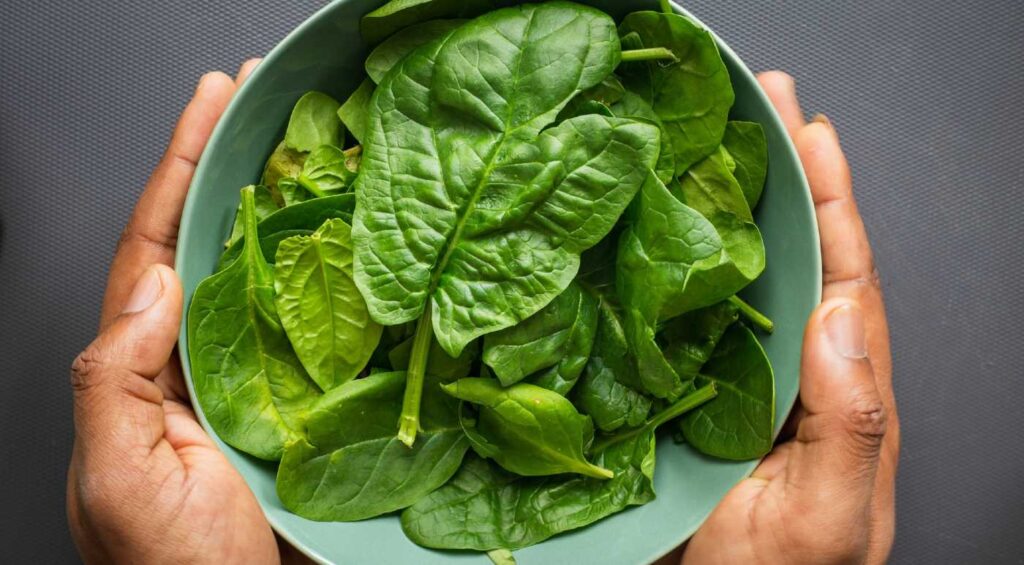“Eat your spinach,” is a common refrain in childhood, but the green vegetable, chock full of nutrients, doesn’t just provide energy in humans. It also has the potential to help power fuel cells, according to a new study.

In a statement, researchers at the American University’s (AU) Department of Chemistry explained that spinach, when converted from its leafy, edible form into carbon nanosheets, acts as a catalyst for an oxygen reduction reaction in fuel cells and metal-air batteries.
An oxygen reduction reaction is one of two reactions in fuel cells and metal-air batteries and is usually the slower one that limits the energy output of these devices.
Researchers have long known that certain carbon materials can catalyze the reaction. But those carbon-based catalysts don’t always perform as good or better than the traditional platinum-based catalysts.
RELATED: This New German Car is Covered With Solar Panels and Charges As It Drives
The AU researchers wanted to find an inexpensive and less toxic preparation method for an efficient catalyst by using readily available natural resources. They tackled this challenge by using spinach.
“This work suggests that sustainable catalysts can be made for an oxygen reduction reaction from natural resources,” said Prof. Shouzhong Zou, chemistry professor at AU and the paper’s lead author.
“The method we tested can produce highly active, carbon-based catalysts from spinach, which is a renewable biomass. In fact, we believe it outperforms commercial platinum catalysts in both activity and stability.”
Catalysts accelerate an oxygen reduction reaction to produce sufficient current and create energy.
Among the practical applications for the research are fuel cells and metal-air batteries, which power electric vehicles and types of military gear.
MORE: These Scientists Are Fighting Ocean Plastic With Biodegradable Flip Flops Made From Algae
Researchers are making progress in the lab and in prototypes with catalysts derived from plants or plant products such as cattail grass or rice.
Zou’s work is the first demonstration using spinach as a material for preparing oxygen reduction reaction-catalysts.
Spinach is a good candidate for this work because it survives in low temperatures, is abundant and easy to grow, and is rich in iron and nitrogen that are essential for this type of catalyst.
To create the nanosheets, the researchers put the spinach through a multi-step process that included both low- and high-tech methods, including washing, juicing and freeze-drying the spinach, manually grinding it into a fine powder with a mortar and pestle, and “doping” the resulting carbon nanosheet with extra nitrogen to improve its performance.
CHECK OUT: Unsold Beer From Australia‘s Lockdown Is Making Renewable Energy – And in Record Amounts
The next step for the researchers is to put the catalysts from the lab simulation into prototype devices, such as hydrogen fuel cells, to see how they perform and to develop catalysts from other plants.
Who knew Popeye could have the potential answer to our battery needs? We’re excited to see what happens next as part of this groundbreaking research.
Pass This Fascinating Story On To Friends Via Social Media…
October 10, 2020 at 10:18PM
https://ift.tt/30Ss0vY
One Way to Power Electric Vehicles? The Answer Could Lie in Spinach - Good News Network
https://ift.tt/3dlpAsO
spinach
No comments:
Post a Comment